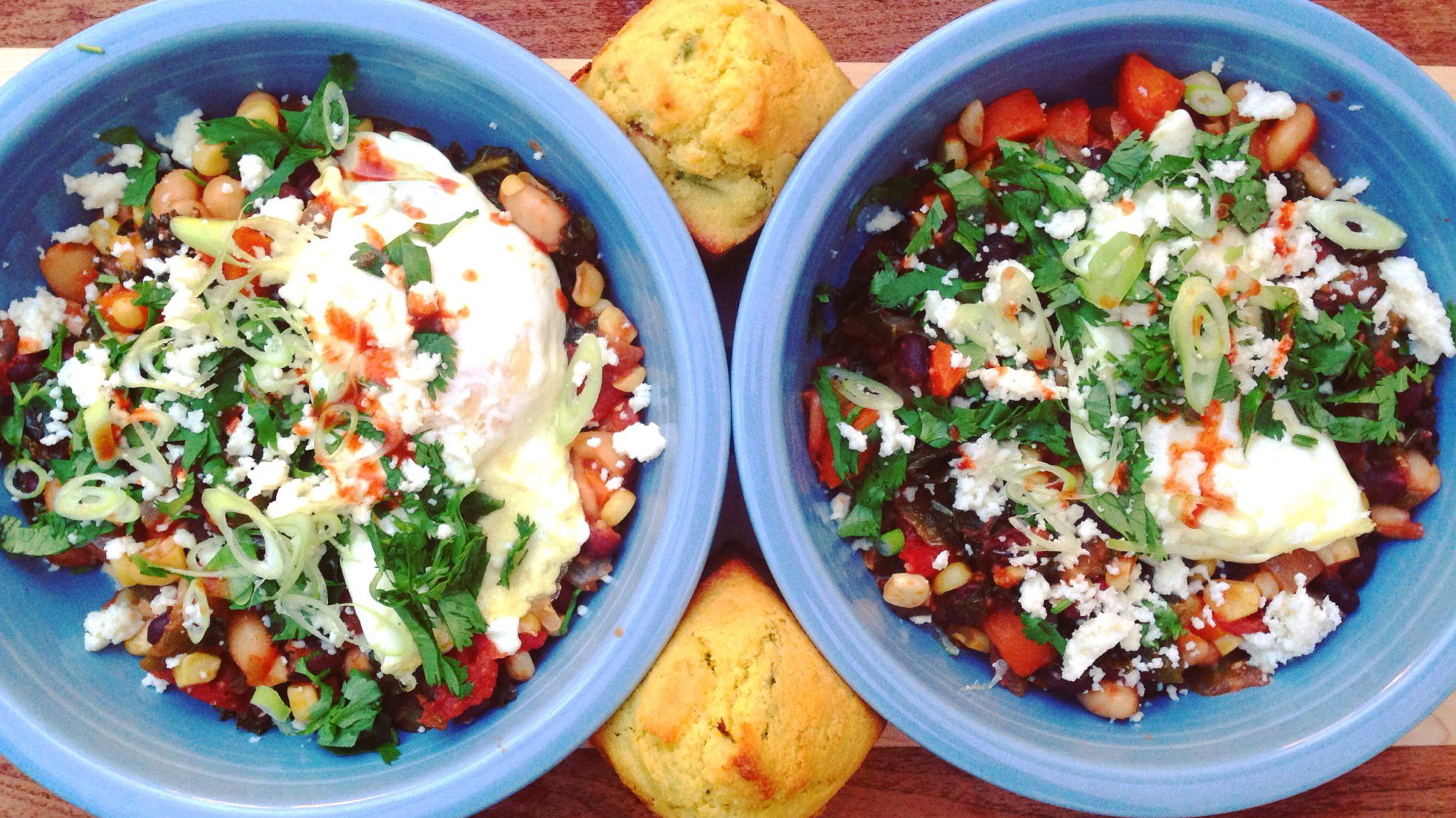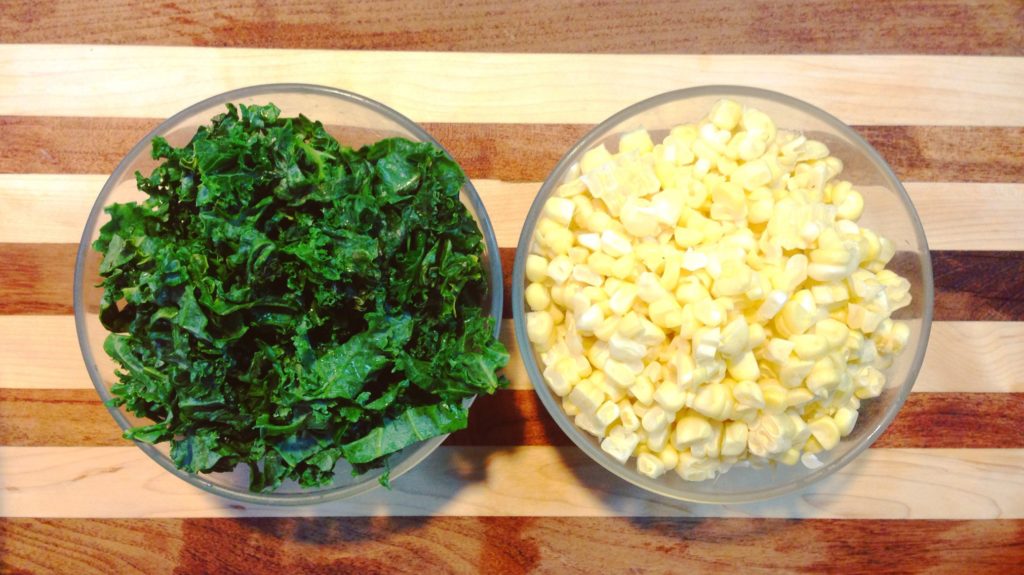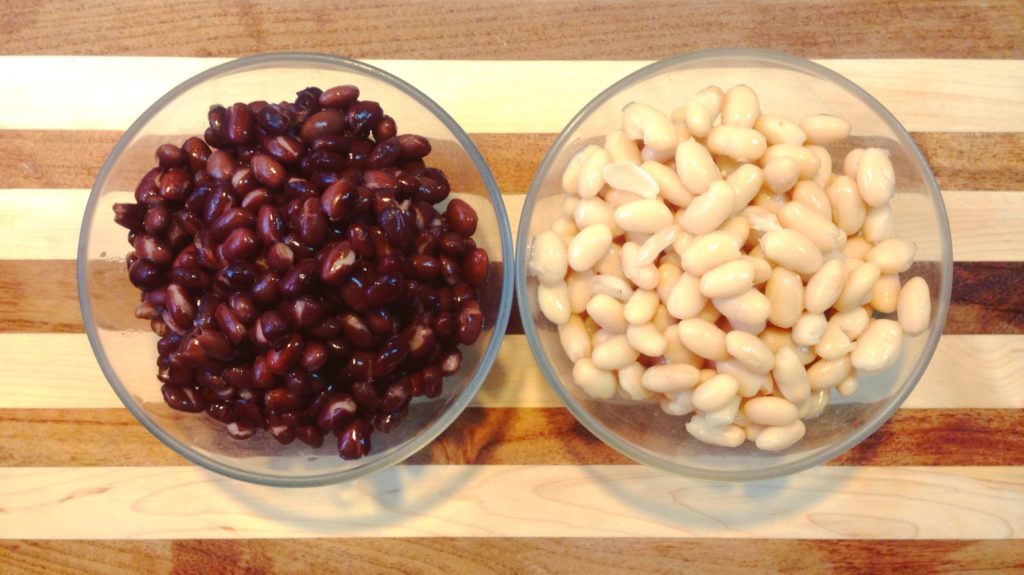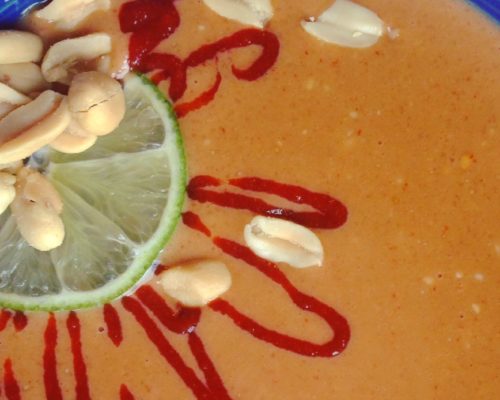The Setup
If you’re from Cincinnati, Kansas City, Michigan, San Antonio, or anywhere else in Texas, you already know how to make chili—and everyone else is wrong. This post will be no different: a scandalous take on your beloved stew (or pasta sauce; or hot dog topping) by a (sometimes-)vegetarian (somewhat-)Yankee. Criticize away, preferably on Instagram: #kitchenminimal #chili @engineerexplore. (Though Texans, please spare the rope.)

If you’re from anywhere else in the country or world, you might be interested in an understanding of the stew (or pasta sauce; or hot dog topping; though from here out we’ll stick with stew) that gets beyond regional rivalries. For such a broad take, you could find worse sources than a (sometimes-)vegetarian (somewhat-)Yankee: a geographically un-aligned engineer who’s scoured all manner of recipes—and even bellied up to the meat counter—to deduce the universal truths of chili.
The System
‘Chili’ is a broad umbrella: it is many different things to many different people in many different places. As such, it cannot be summarized in a singular master recipe like, say, the cornbread sometimes served beside it. But look closely, and you’ll nevertheless discover symmetries across chilis—and from these themes we can develop a system of chili-making; a faithful guide to scrumptious results in any style.
Cook: Saute, then stew for 1.5, 3, or 6 hours.
Spice: add chile in any form, at any stage.
Supplement: with complementary flavors, to desired consistency.
Garnish: with contrasting flavors, textures, and colors.
Chili Composition
That anything is consistent across the great diversity of chilis is remarkable. Yet so it is: recipes for chilis of all sorts hover reliably around a ratio of 1.5 parts onion : 3 parts tomato : 6 parts… everything else. Math wizards will have already observed that this is equivalent to a 1:2:4 (as in the photos below, where each bowl contains a cup and a half), but these integers are simpler only in theory: 1.5 just happens to be the number of cups you’ll dice out of a typical onion, and 3 is the number of cups in a large can of tomatoes.
1.5 Parts Onion

Onion is as fundamental to chili as chile. Dice one that’s not too big and not too small, and “parts” become “cups” for the rest of the recipe. Gauge your guests’ geo-cultural allegiances and tendency towards violence before substituting leeks or shallots.
3 Parts Tomato

Apart from a class of vegetable-phobic Texan recipes (and hue-constrained white chilis) tomato in some form is nearly universal. At our standard batch size, this is (close enough to) one large (28oz) can, or three cups fresh. Not that a can is mandatory: fresh is fantastic. Tomato paste may be used, but as a concentrate, you’ll use much less.
6 Parts Meat, Beans, and/or Vegetables


Here’s your opportunity to follow tradition, cravings, or creativity. Whichever solids you select, if there are six parts of them, you’ll be well on your way towards a recognizably stew-like consistency. For chile con carne, this could be all ground beef: 3 pounds of it, at 1 pint = 1 pound. At the other extreme, use six cups of assorted chopped vegetables for a vegetarian version. Or anything in between: most recipes use some combination, yielding arguably the most interesting and balanced dishes. Equal parts would consist of a pound of meat (1 lb = 1 pint = 2 cups), a can of beans (nearly 2 cups), and a cup each of two vegetables.
Chili Cooking
Conveniently, the digits in our ratios double as a handy template for cooking times.
Saute
Before the start of stewing, make use of your still-dry pot: brown meats, soften onions and other aromatics, and/or bloom dry spices.
6 hour stew
Six hours is the minimum you’ll need in a slow-cooker. Slow-cooked stews abandon all attempts to time the addition of various ingredients: combine everything and do whatever is the sluggish equivalent of the phrase “let ‘er rip”—the longer the better.
3 hour stew
On the stovetop, it’ll take at least three hours of active simmering to tenderize larger, tougher cuts of meat or achieve a truly saucy, cooked-down consistency and full melding of flavors. Actively manage your pot to maintain liquid levels, prevent burning, and optimally time ingredient additions.
1.5 hour stew
An hour and a half is about as fast as you can achieve a respectable level of stewed-ness: components will remain more individualized in structure and fresher of flavor. Alternatively, the “T minus 1.5 hours” mark could be when you add more delicate ingredients to an otherwise longer-cooking dish.
Chili Chile1
What differentiates chili from any other stew is, of course, chile. And chile, of course, comes in an incredible variety of incarnations, each of which manages to find its way into somebody’s version of chili. There’s no rule that you can only use one. Integrate each at an appropriate point in the process:
Saute
- Powdered: In any of its many forms, like the ubiquitous blend, pure ancho, cayenne, or even paprika. Bloom before adding other ingredients.
- Fresh: Any type, of any spiciness level, with or without seeds. Dice and saute with onions.
- Paste: Typically associated with Asian cuisine, but why not? Chile is chile. (Unless it also includes ginger and galangal.)
Stew
- Whole dried: Seed, stew until soft, and remove. Optionally, puree them with liquid and return to the pot.
- Sauce: Options abound. Perhaps the easiest to iterate to desired spiciness.
Chili Supplements
Beyond these basics, many other ingredients might find their way into a chili. Long though the list may be, additions typically serve just two fundamental ends: adjusting the consistency (not too dry, not too soupy) and adding complementary flavors (most often sweet or smoky).
Flavors
- Chocolate
- Cocoa powder
- Spices (like cumin)
- Herbs (like oregano)
- Coffee grounds
- Brown Sugar
- Bacon
Liquids
- Water
- Broth
Flavorful Liquids
- Beer
- Brewed coffee
Chili Garnishes
Your chili isn’t done when it comes off the stove: there’s a method even to its ornamentation. Unlike the modifiers added during cooking, garnishes added after tend to contrast, rather than complement, the flavor, texture, or color of the stew itself. So while the stew is spicy, sweet, smoky, savory, water-based, and of a dark hue, garnishes might be:
Fridge
- Sour cream: sour, creamy, white, spice-dulling
- Cheese: creamy, white/yellow, spice-dulling
- Fried egg: fatty, saucy, white, spice-dulling
Pantry
- Tortilla chips: crunchy, salty, white, spice-dulling
- Pickled peppers: sour, salty, green
Produce
- (Green) Onion: fresh, acidic, white/green
- Cilantro: fresh, grassy, green
- Tomato: fresh, acidic, bright red
- Avocado: fresh, fatty, green-yellow
- Fresh peppers: fresh, bright, green
- Guacamole: fresh, fatty, green
- Salsa fresca: fresh, acidic, bright red
Join the Virtual Potluck
They say you taste first with the eyes, and if you've given this recipe a go, we'd all love a visual nibble. What aggressive improvisation did you apply? Did it succeed brilliantly or fail spectacularly? To show off your marvel (or mess), dust off your smartphone:



